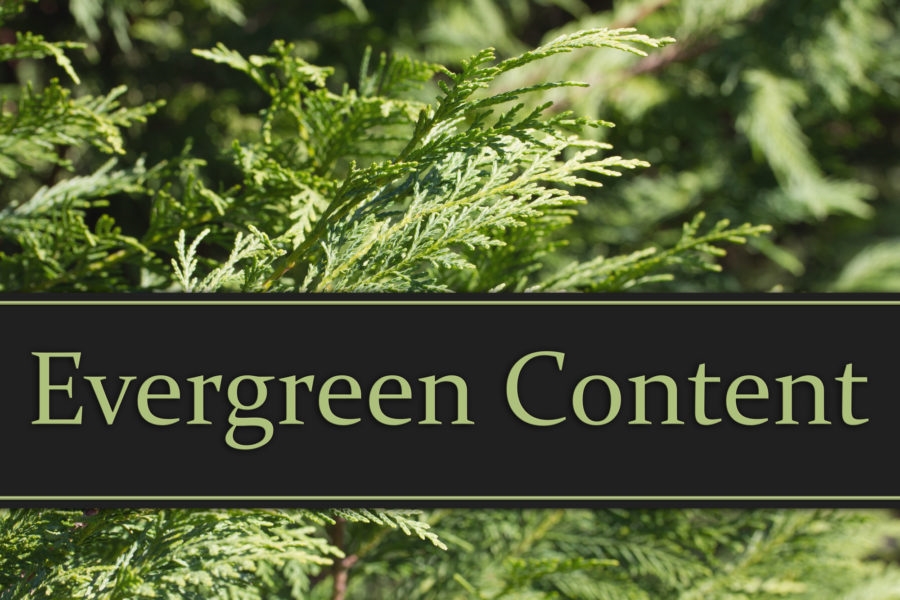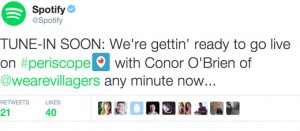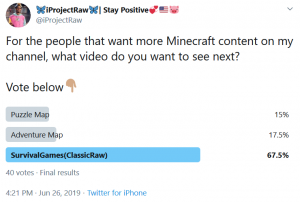— January 28, 2019
Which is Better: Daily Blogging or Evergreen Content for Your Blog Content Strategy?
Is your content strategy falling short? Perhaps you’re pursuing the wrong strategy, here’s your guide to creating lasting content.
While daily blogging may be essential to keep your audience interested, Evergreen content is the key element of your blog content strategy to ranking content in search.
What is an Evergreen Post? Your Guide to Lasting Content
Running an active blog that is unique, news-worthy, and SEO-friendly can be a challenge. You can try to check off all the boxes, but you should focus on evergreen content the most.
Do you have an evergreen website?
For the uninitiated, evergreen content is the type of content that doesn’t have an expiration date. It’s not tied to short-lived trends, the 24hr news cycle, or “click-bait” stories. To be evergreen, one must write content that will be sought after for many years after its published.
Every winning content marketing campaign utilizes smart, shareable, and valuable content.
What is an Evergreen Post?
Some good examples of evergreen content include:
- Tutorials
- Listicles
- History Lessons
- Product Reviews
- Video Demonstrations
All of these provide an authoritative voice to the reader, which builds your brand. If you’re just posting another video tutorial on “how to” the key is to find a topic that is both common, yet not too generic.
What isn’t Evergreen
No matter how well you spin it, reporting on news events will never truly be evergreen. This even includes major world-changing events. Unless your business is selling history books, just avoid news articles. Anything that has a date stamped to it will eventually stop producing searches.
Statistical-based articles are also time-sensitive. Those numbers that you’re reporting on will eventually be dated. As long as it isn’t the main focus of the album, you can still produce evergreen content on statistical examples.
Holiday or seasonal-based content can certainly be evergreen. The referenced dates in this instance add interesting and useful info for comparisons. Just remember that when it comes to evergreen marketing, your evergreen content is supposed to receive a steady flow of clicks from continued interest.
Evergreen Should be Focus
When positioning your business for long-term growth, you should build your website with evergreen content. If you just have a few supplementary evergreen pieces, it can get buried on your blog. Unless you’re already an authoritative voice in your niche, people are not going to be using your search function on your site.
You want a balance of evergreen posts to trendy or viral content. It may seem like “filler” posts to the untrained eye, but evergreen articles reach the widest audience. Evergreen content can capture new customers by providing them valuable information. There’s no better way to build trust than by teaching.
Evergreen content should be featured on your website at all times and re-shared often. They’ll be your top-performing posts, so this doubles as a great indicator of value to the public. Write tutorials and translate them into video formats to milk success without being punished on SEO.
Invest in Thorough Pieces
Just because you have experience and know what you’re talking about, doesn’t mean evergreen content will be a breeze. You have to prove you’re an expert by backing up your information with references and examples. Legitimize your content with lots of citations.
Try not to rely too much on Wikipedia or Wiki-How because it comes off as very low-effort. Not that Wikipedia isn’t a good source for academia-related info, it’s just not always the most authoritative or useful source for all niches. Cite interviews, industry leaders, and related discussions for an “insider” perspective.
Writing great evergreen content includes doing lots of research. If your guide or commentary is just stuff that is easily found in the first few links on a Google search, then you’re going to get a high bounce-rate. People will click your article, read a few lines, then click away.
Use Imagery and Branding
Don’t make your evergreen stories easy to copy or steal.
Create infographics or images that you’ve watermarked to help break up monotony. Your content can be based around an image or infographic, but try not to make it only an image post.
Video can be useful, too. It can just be in a slideshow format, as long as it is useful and brief. Longer tutorial videos should be able to be summarized for easier sharing.
Make sure all of your visual content is branded and that your posts incorporate your voice to make it stand out. Also, speaking of voices, you should consider creating podcasts or audio tutorials that can be easily accessed on streaming services. Why put all that effort into making a video for evergreen content and miss the opportunity to reach a wider audience?
People love to listen to guides, advice, and interesting stories on their phone or on their drive to work.
Keep the Content Growing
Evergreen trees don’t wither and grow old, so the more you plant, the bigger your reach.
Evergreen content can be pruned and updated as new information is made available, too. This breathes new life into your blog and builds on already acquired customer relationships.
Google also loves evergreen articles that get updated, ever since it updated its algorithm to favor “freshness” of content. Keep in mind, though, in order for posts to really qualify as “updated” by Google’s eyes, you must change/add a significant amount. A simple three-line update addendum at the end of a post will likely be ignored.
Plus, it’s kind of hard to pass off an old piece as “updated” when the update could just as easily been written as a social media comment. Syndicated posts are great, but updated posts are even better. Try to rotate reposts with updated posts to keep from being seen as “spammy” by older subscribers.
Lastly, as your evergreen content gains viewership, you should consider pitching it to guest blogs and other sites as a demonstration of your value. If you can link up with a higher authority blog and have them use your evergreen content as a cited source, your page rankings will skyrocket!
Tips for Writing Evergreen Content

A balanced approach of writing for longevity and accessibility is key to successful evergreen content. If you’ve never specifically written evergreen content, then follow these tips:
1. Keep it Simple
Most of your evergreen posts need to be appealing to beginners and new customers. You can pepper in some authority pieces that provide expert knowledge on subjects, just try to target the general audience. Those who are searching the web for guides, tutorials, and tips are not going to be privy to advanced techniques or language.
In fact, if you really want to make sure your content is as accessible as possible, run your articles through the Hemingway Editor. This handy software grades your grammar based on reading levels. Before you proclaim that your business is for college-level education or “smart” customers, think about those who are brilliant, yet English isn’t their native tongue.
2. You Can Still Specialize
Just because the goal with evergreen marketing is to provide long-lasting, accessible content, it doesn’t mean write broader. In fact, if you’re trying to capture too many niches or subject areas, you’ll likely bore the reader. Specialize in your topic so that you’re not just another brick in the wall of search results.
3. Build a Web of Related Posts
Evergreen works even better when you can string the reader along for a ride through your content. Link your content to related evergreen posts you’ve made before. Usually, when a reader is searching for something, they may want to learn more about it with additional tips, complementing material, and so forth.
4. Improve on What Exists
Besides updating your own content, you can also take a shot at improving on ideas on competitor sites. Maybe you noticed a topic they’ve covered, but lack proper citations, clarity, or thoroughness. This presents a great opportunity to capitalize on standing out as a brand.
This works because many of us searching for information like to use multiple sources to verify and understand concepts. A competitor may have the first link and the most clicks, but present little value or authority on the subject. Your link is further down, but is the most complete and helpful and will likely earn a bookmark, subscription, or social media follow as a result.
5. You Don’t Need 100% Evergreen
A fresh blog that is constantly providing excellent content doesn’t need to be 100% evergreen. Some timely pieces that take advantage of huge trends do well to bump up traffic, while evergreen posts can be there to reel loyal followers. Just understand that you should not measure overall success on non-evergreen content.
Help With Evergreen Marketing
Creating evergreen content can be difficult with a small team. The ROI of this type of content is often hard to measure for new websites, too. Sometimes, you just need the helpful advice of an experienced SEO expert to help make the most out of evergreen marketing.
If you’re interested in growing your audience, gaining more organic traffic, and building an evergreen future for your website there are plenty of paths to success. Test what works best for your brand and stick to a strategy based on building traction around them.
Digital & Social Articles on Business 2 Community
(46)
Report Post





